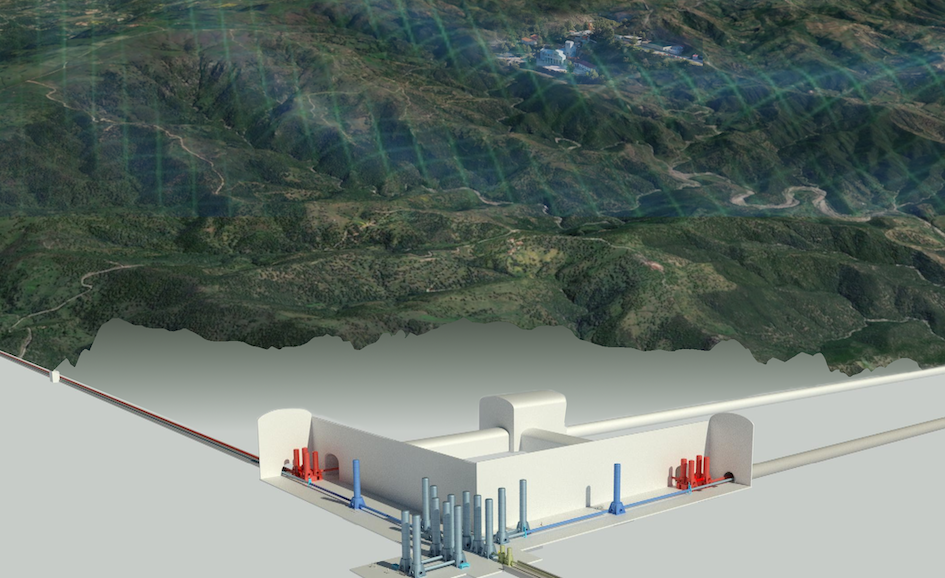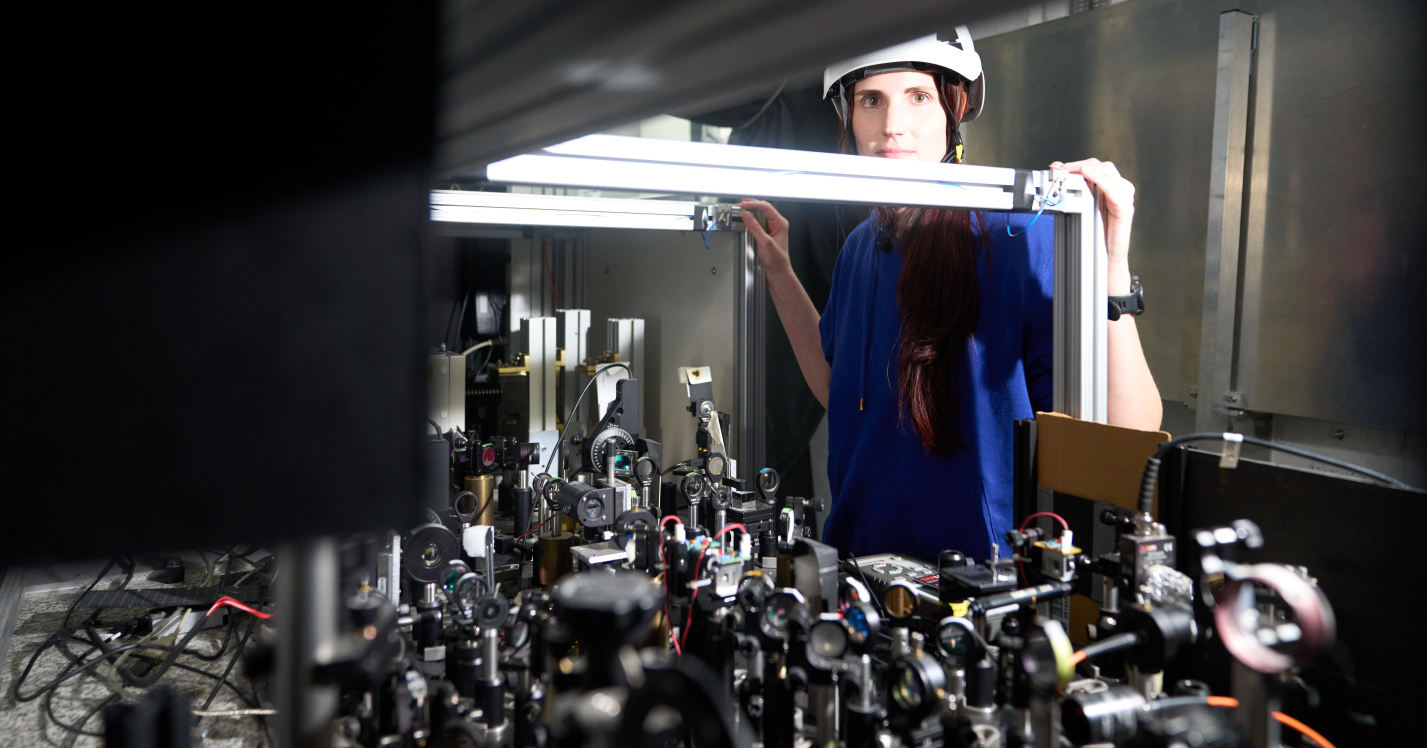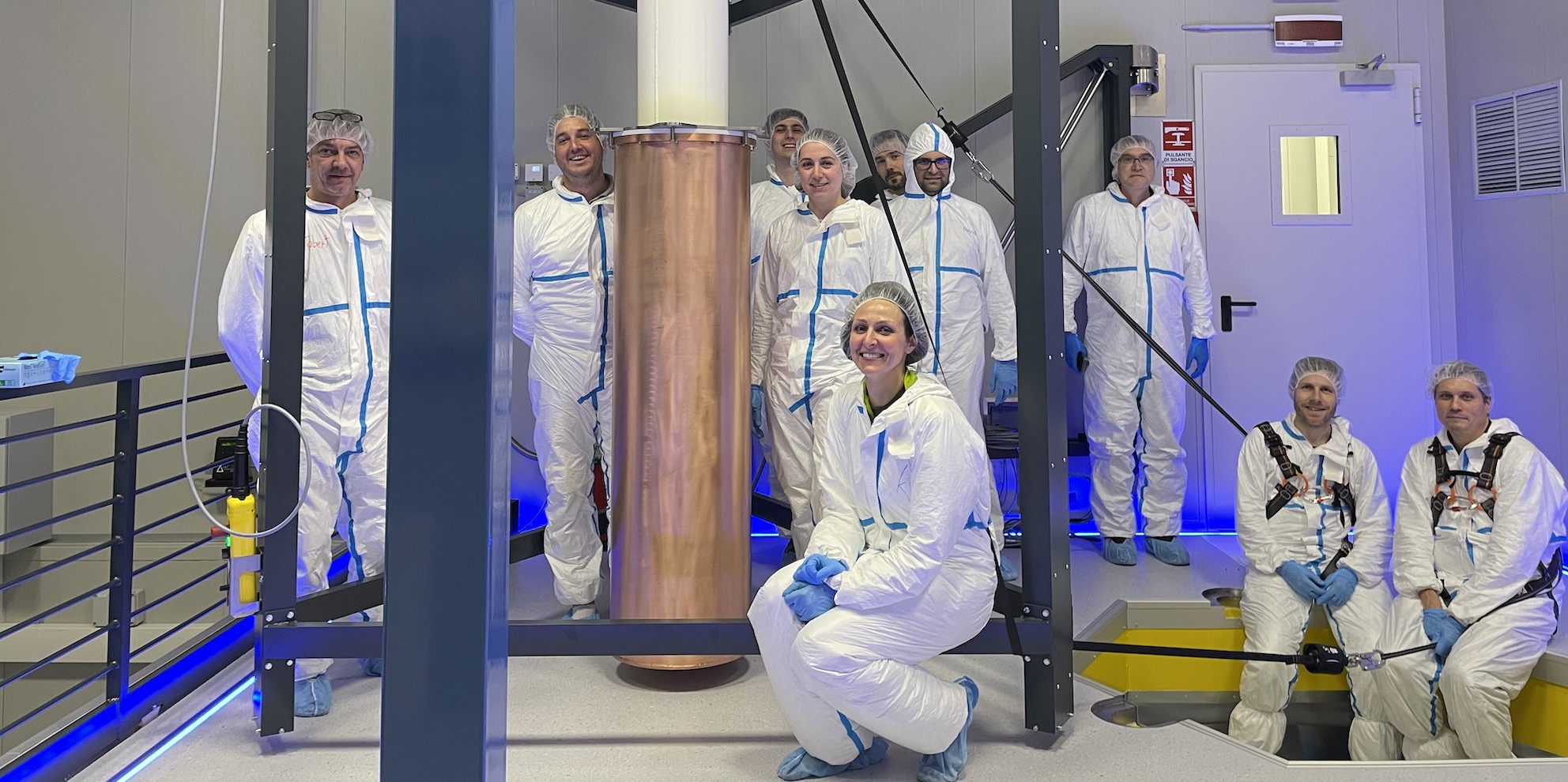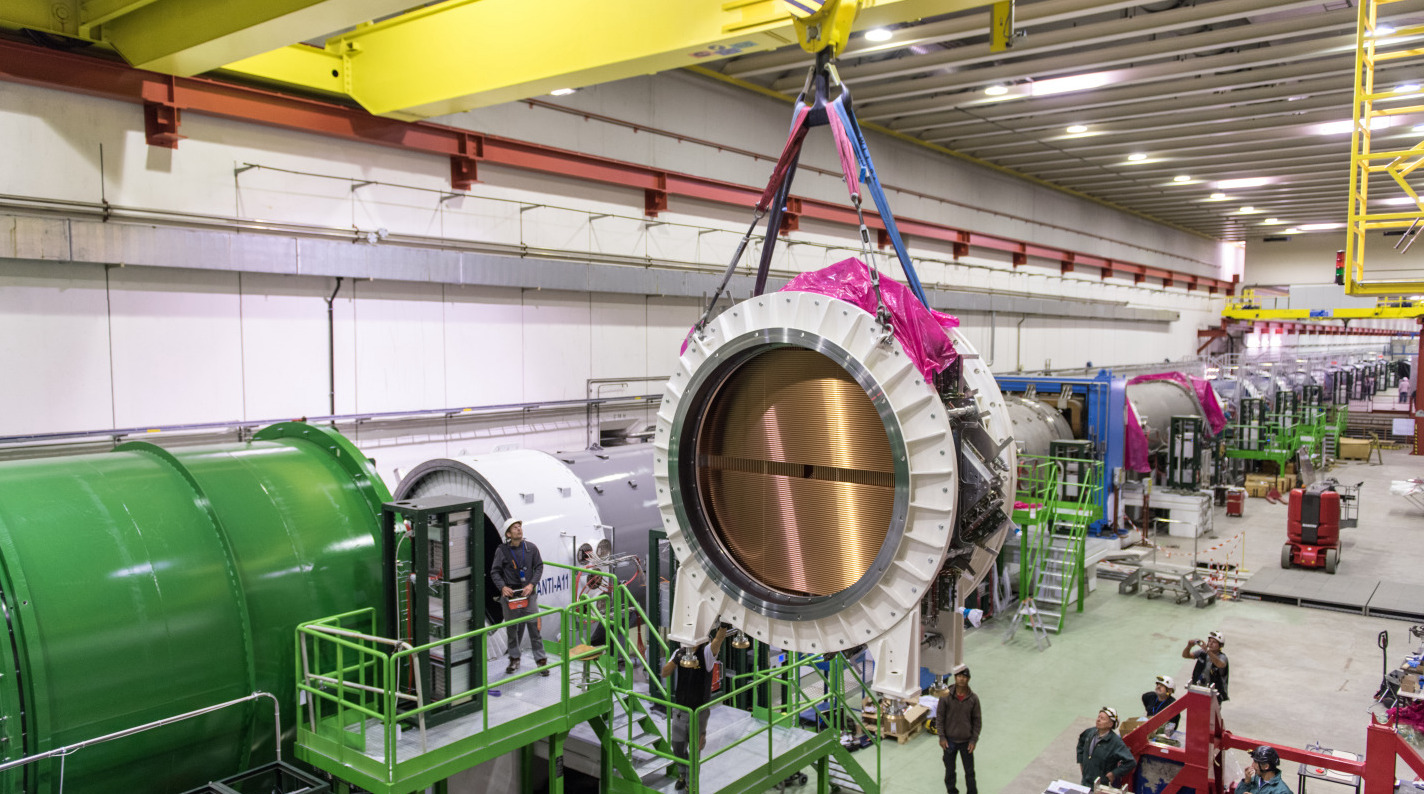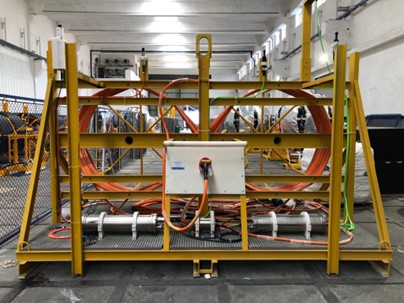A high-sensitivity seismic-acoustic station built by a multidisciplinary team of researchers from the National Institute for Geophysics and Volcanology (INGV) and the National Institute for Nuclear Physics (INFN) has just been laid 3,500 metres deep in the abyssal plain of the Ionian Sea, 80 kilometres Southeast of Portopalo di Capo Passero (Siracusa, Sicily).
Thanks to the work of the research team involved, the station, built as part of the Marine Hazard National Operational Programme – “Development and Cohesion Fund” related to the 2014-2020 schedule, which envisaged the implementation of a working prototype, has exceeded its initial objectives and has already been successfully connected to the large KM3NeT/ARCA submarine infrastructure, the largest abyssal neutrino telescope in the Mediterranean Sea.
The station is already capturing the sounds and noises that propagate in the depths of the sea, providing valuable information on the environmental impact these acoustic waves produce. The acquired data is sent in real time to INGV’s processing servers housed at the Data Processing Center at INFN’s operational headquarters in Portopalo di Capo Passero, via a submarine electro-optical cable approximately 100 kilometres long.
The locations involved in the project are, for INFN, the Southern National Laboratories, the Bari Division and the Rome Division), while, for INGV, the Palermo Division.
In order to implement this sophisticated scientific observatory, INGV researchers in Palermo installed a sensor on the station capable of detecting both the conductivity and temperature of water masses and the pressure of the water column above, as well as a hydrophone oriented to the study of low frequencies of acoustic waves and a high-sensitivity marine seismometer.
Researchers at INFN Southern National Laboratories, on the other hand, designed and built the station structure, along with the control and data transmission electronics, as well as watertight enclosures to house the electronics, which are resistant to high pressures. Thanks to the use of advanced technologies and expertise, this instrumentation propels research toward the long-term study of the deepest areas of seas and oceans that are otherwise poorly observed.
